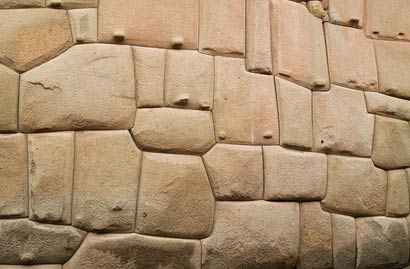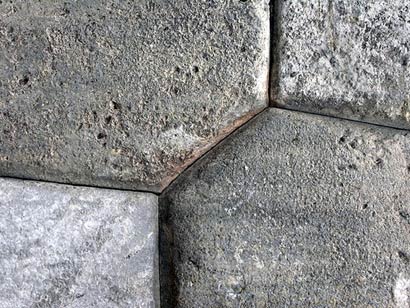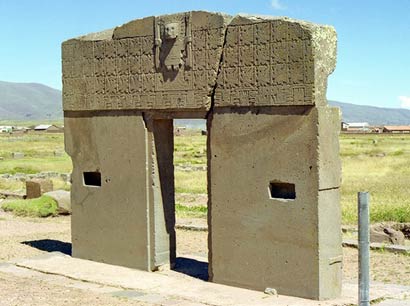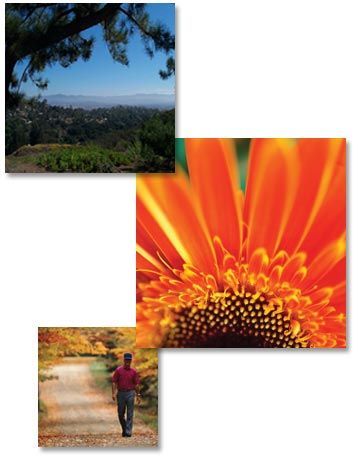Lemuria
Cuzco and Tiwanaku
Prehistoric Ruins
In Cuzco, Peru stands the House of the Virgins, practically intact today, yet of such antiquity that even in the most ancient of tribal traditions, it was regarded with sacred awe as “the work of the Old Ones from the Motherland.” The stonework of this imposing edifice is the same as that found at Vinapu, Easter Island.


On the hill above Cuzco are the battlements of Sacsayhuamán. This structure, still partially buried, is built of hundreds of stones, many weighing in the 100 to 300-ton range, and as much as 27 feet in height. So neatly fitted are the stones, without mortar, that a knife blade cannot be inserted between most of them. The Inca to whom the construction is credited, did not possess even the wheel. How does one surface multi-sided stones of colossal size to fit precisely in a wall or structure of any kind?

On the southeastern shore of Lake Titicaca in the Andes Mountains, thirteen thousand feet above sea level, are the ruins of a prehistoric city called Tiwanaku. There is a stepped pyramid, and several large structures, one fronted by an intricately carved doorway made from a single immense flat stone. Near these ruins are stone canals lined with equally imposing stones. Dr. Stelle learned much later that these canals had once furnished a water route between the Pacific and Atlantic Oceans in the dim past, before titanic upheavals lifted the Andes Mountains into their present position. This city is built along the same architectural lines as Metalanim on Pohnpei. Its elaborately constructed canals again suggest a worldwide commercial traffic of considerable proportions.
Further north, buried in the jungles of Yucatan, Guatemala, and other Central American countries, are many other stone cities like Tiwanaku and Metalanim. Pyramids of the same distinctive design as those found on Pohnpei, Easter Island, Tahiti and other places in the Pacific are also in evidence on the South and Central American mainland, or at Uxmal, Chichen Itsa, and Cuicuilco in Mexico.
